Birds of Vietnam2nd Edition
El precio original era: $57.54.$51.78El precio actual es: $51.78.
Autores
Peso
1 kg
Dimensiones
16 × 23 cm
Idioma
Inglés
Formato
Flexi-cover, Tapa dura
Páginas
408
Fecha de publicación
10 de marzo de 2025
Publicado por
Lynx Nature Books
Autores
Descripción
Birds of Vietnam – Segunda edición: La guía de campo más completa sobre las aves de Vietnam
Birds of Vietnam es la guía de campo definitiva para quienes se interesan por la rica y variada avifauna de este punto caliente de biodiversidad del sudeste asiático. Reconocido por su increíble diversidad biológica, Vietnam alberga más especies de aves endémicas y casi endémicas que cualquier otro país del sudeste asiático continental. Esta segunda edición ofrece la referencia más completa y actualizada para ornitólogos, investigadores y conservacionistas que exploran la extraordinaria diversidad aviar de Vietnam.
Con un total de 931 especies descritas en detalle —incluyendo 16 especies y grupos de subespecies endémicas, y 42 especies y grupos de subespecies casi endémicas— Birds of Vietnam es una herramienta indispensable en el campo. El libro combina textos detallados, ilustraciones de alta calidad, mapas de distribución a todo color y recursos digitales para ofrecer una guía intuitiva y autorizada para la identificación y el estudio de aves.
Características principales
- Incluye todas las 931 especies de aves registradas en Vietnam, con información experta sobre estado, hábitat, comportamiento, variación geográfica, vocalizaciones y especies similares.
- Más de 1.970 ilustraciones: Representando machos, hembras, jóvenes, aves en vuelo y plumajes reproductivos y no reproductivos.
- Mapas de distribución actualizados: Más de 880 mapas a color para especies de aparición regular y subespecies reproductoras, reflejando los datos más recientes.
- Contenido audiovisual integrado: Cada ficha incluye un código QR que enlaza con los recursos en línea del Cornell Lab of Ornithology, con sonidos, vídeos y fotografías.
- Nombres locales: Se incluyen los nombres de las aves en vietnamita para facilitar su uso y promover la educación ambiental.
- Actualizaciones taxonómicas: Nombres científicos e ingleses revisados según la HBW and BirdLife International Digital Checklist (versión 9, 2024).
- Estado de conservación: Completamente actualizado según las últimas evaluaciones de la Lista Roja de la UICN, con mejor visualización para destacar las especies amenazadas.
Novedades de la segunda edición
La segunda edición de Birds of Vietnam representa una actualización importante respecto a la primera edición publicada en 2018. Incorpora los descubrimientos ornitológicos más recientes y presenta mejoras significativas en el contenido:
- Nuevas especies: Añade 13 especies de aves registradas en Vietnam entre 2018 y 2024. Cada una cuenta con su propia ficha detallada, mapa de distribución y código QR con acceso a contenido multimedia.
- Mapas de distribución mejorados: Cerca de 30 especies incluyen ahora mapas actualizados que reflejan nuevas observaciones, datos de reproducción y trabajos de campo recientes.
- Nomenclatura actualizada: Se han revisado los nombres de todas las especies y subespecies.
- Fichas ampliadas: Muchos textos se han reescrito o ampliado para mejorar la claridad e incluir información reciente sobre vocalizaciones, cambios de distribución y comportamiento reproductivo.
¿Por qué elegir Birds of Vietnam?
Los variados hábitats de Vietnam —desde humedales costeros y arrozales hasta colinas kársticas de piedra caliza, bosques montanos y tierras bajas tropicales— ofrecen oportunidades excepcionales para la observación de aves. La avifauna del país incluye una amplia gama de especies endémicas, deseadas especies del grupo de los garrulinos, pittas de bosque y especies globalmente amenazadas como el faisán de Vietnam y el chochín-baboso gorgiblanco.
Birds of Vietnam destaca como la guía de campo más completa dedicada a las aves del país. Combina precisión científica con utilidad práctica en el campo, lo que la convierte en una herramienta imprescindible tanto para observadores de aves que viajan por la región como para ornitólogos y grupos locales de conservación.
Diseñada para observadores de todos los niveles, esta guía es ideal para quienes planean su primer viaje ornitológico a Vietnam, investigadores que necesitan datos precisos de distribución o pajareros experimentados que desean actualizar sus guías con los descubrimientos más recientes. Ya sea que estés preparando tu primer viaje o ya conozcas los bosques y humedales del país, este libro garantiza tener en tus manos la referencia más fiable y actualizada.

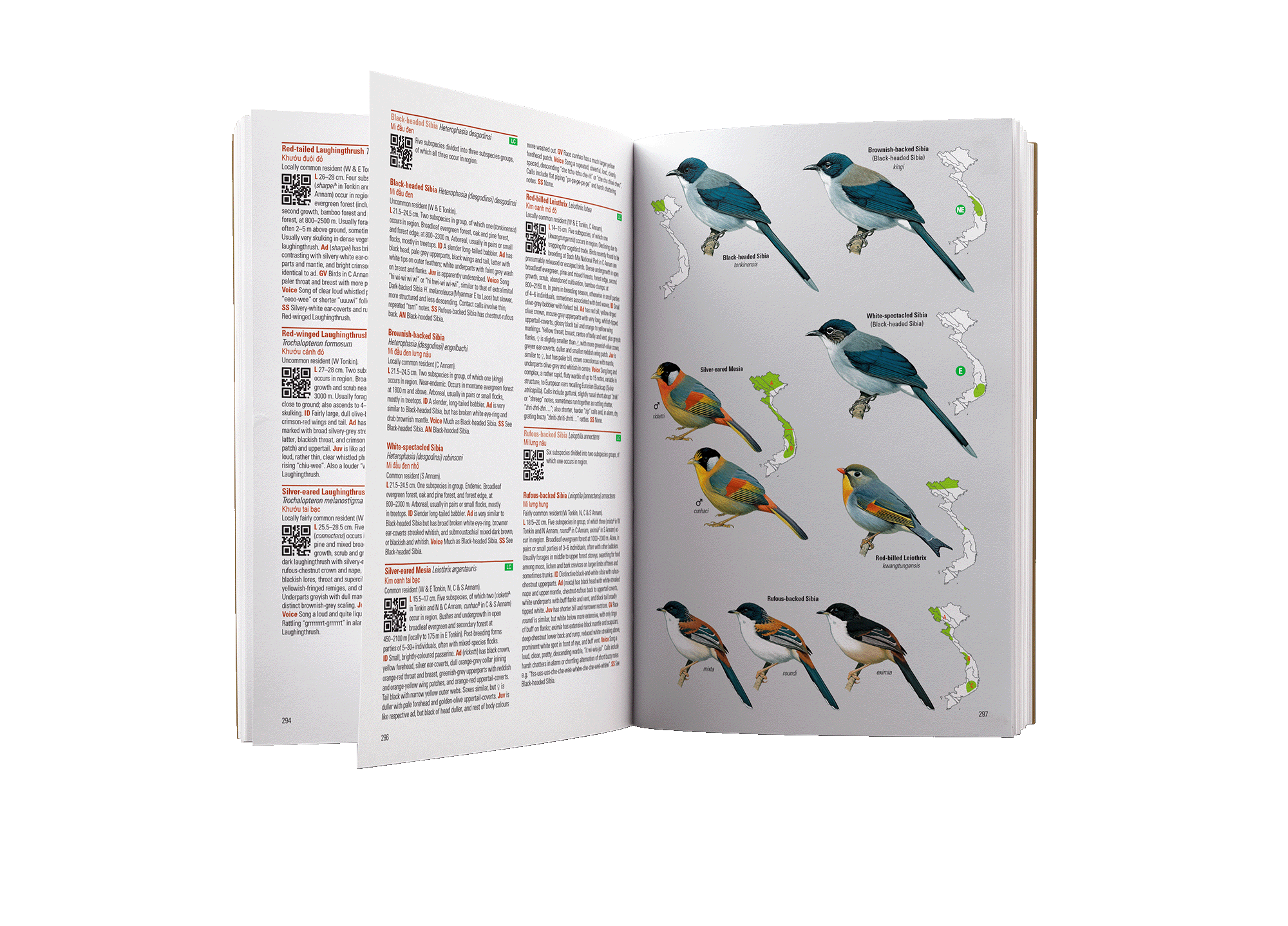
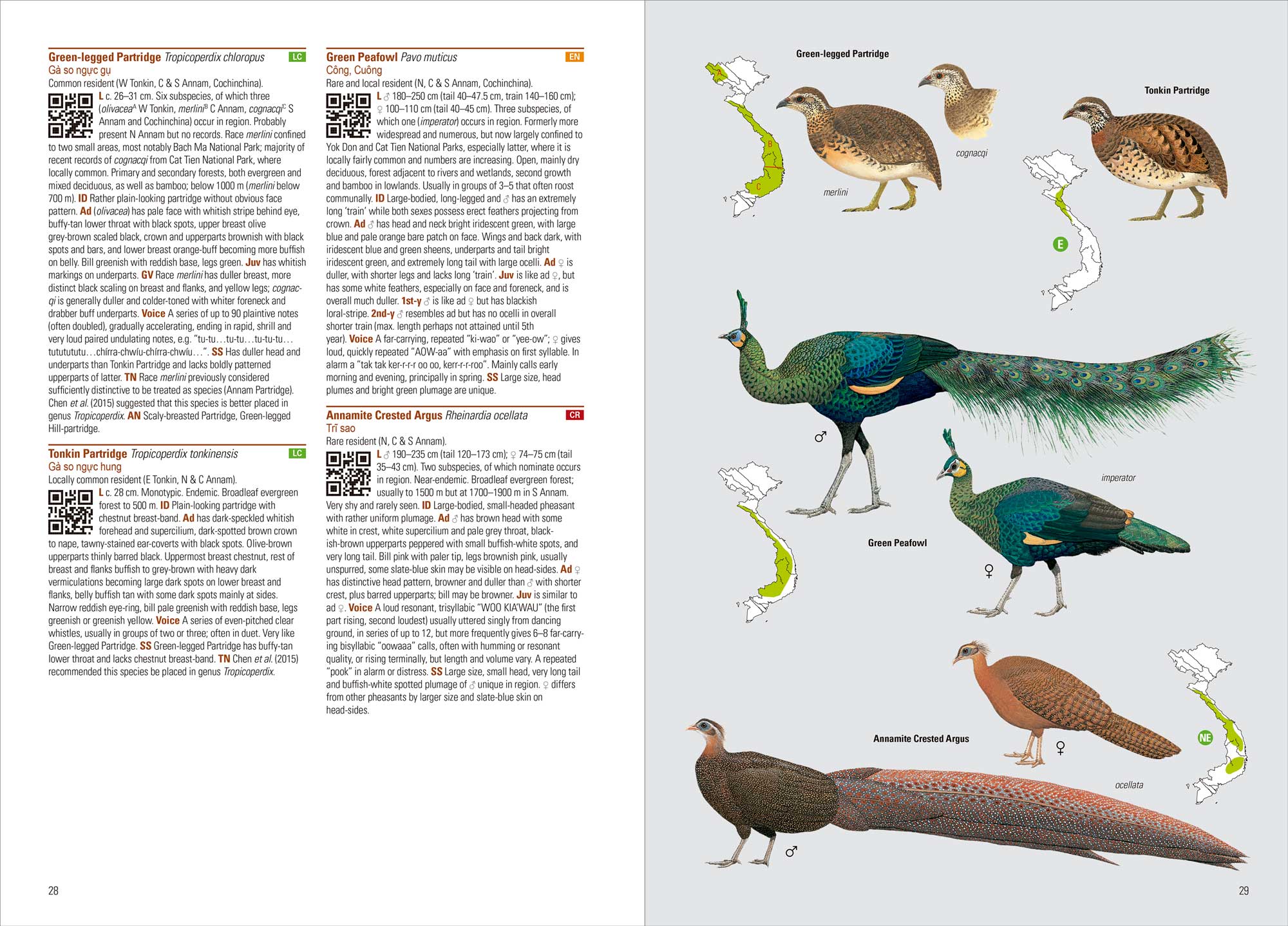

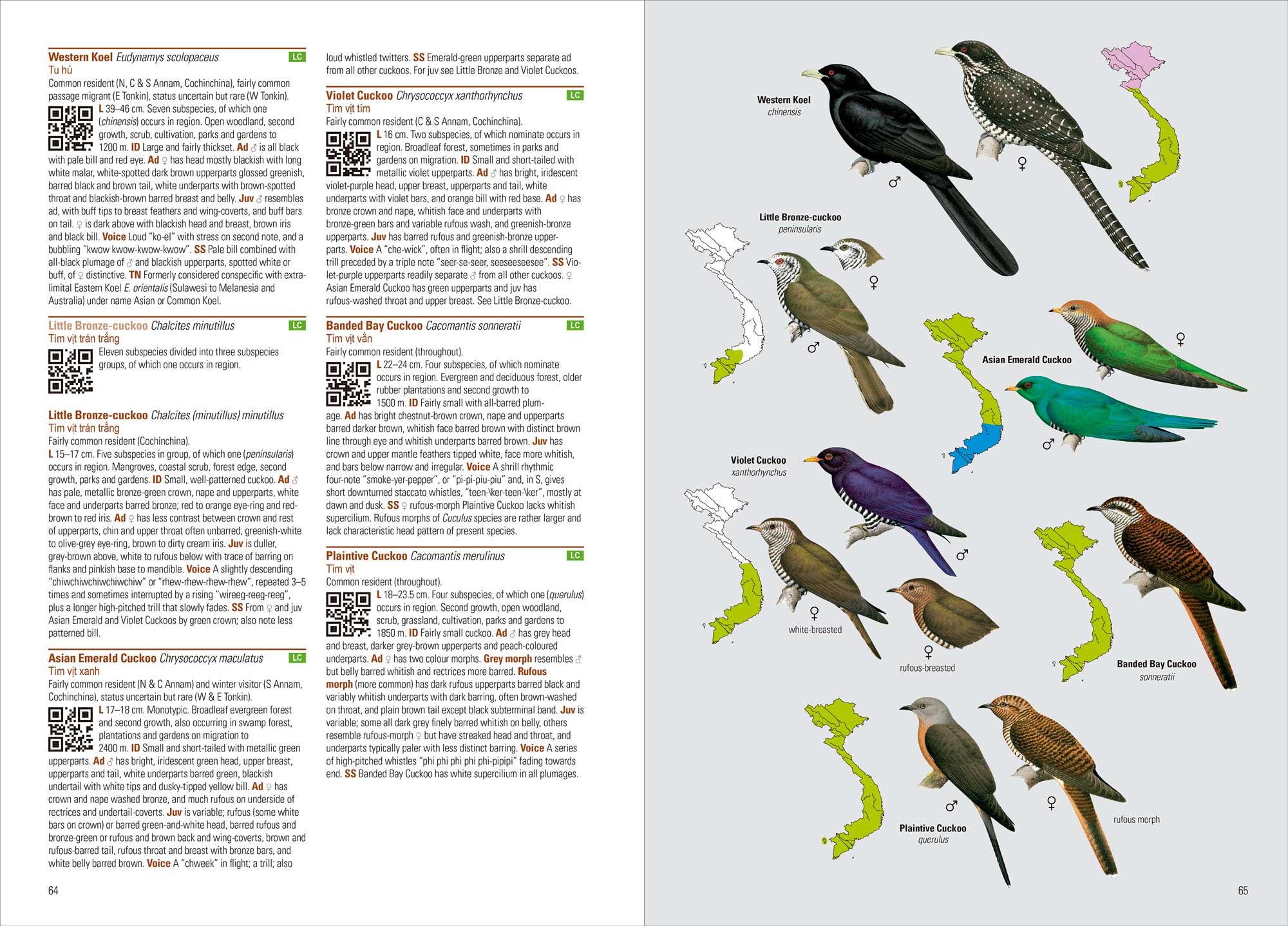
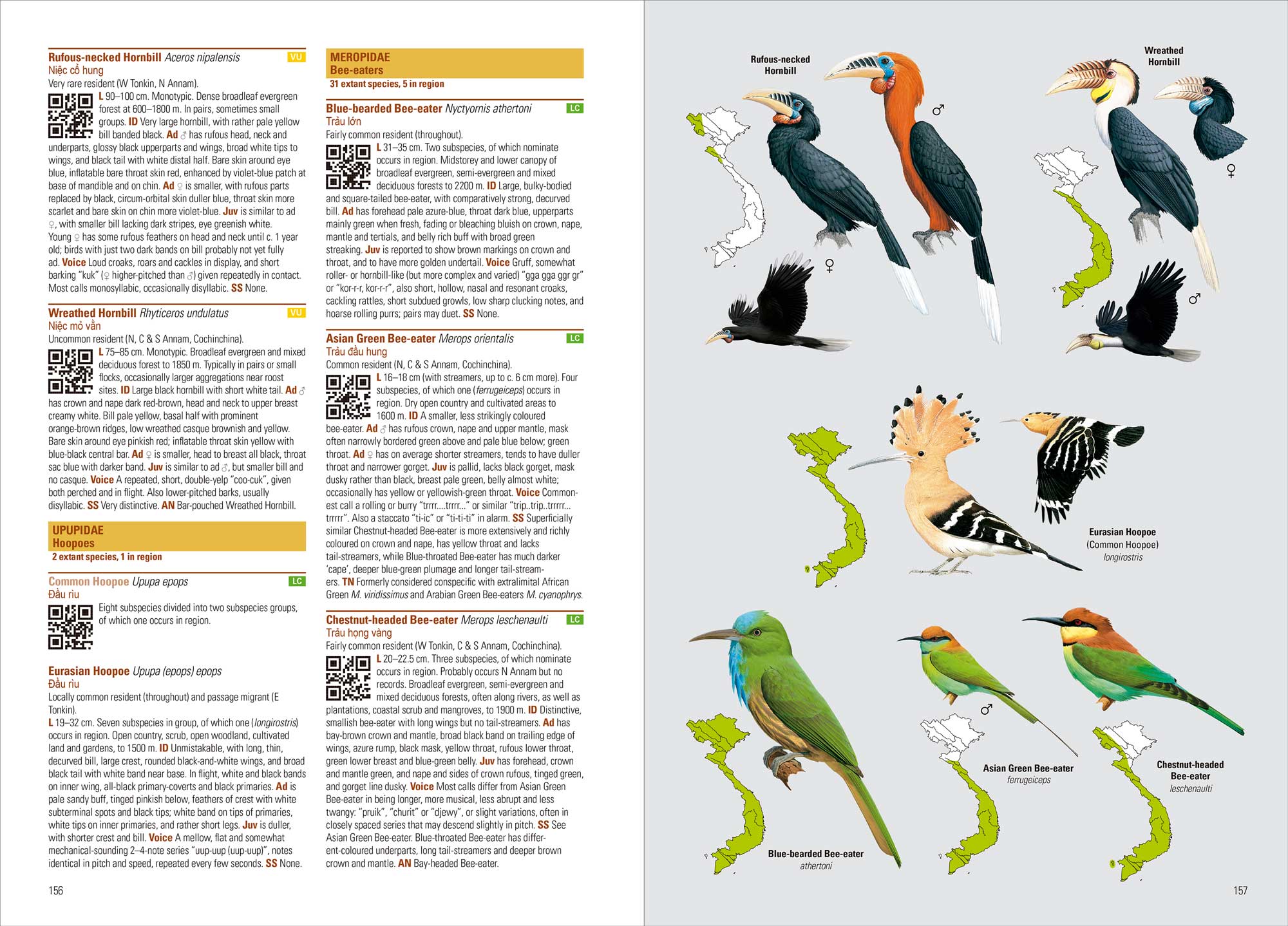
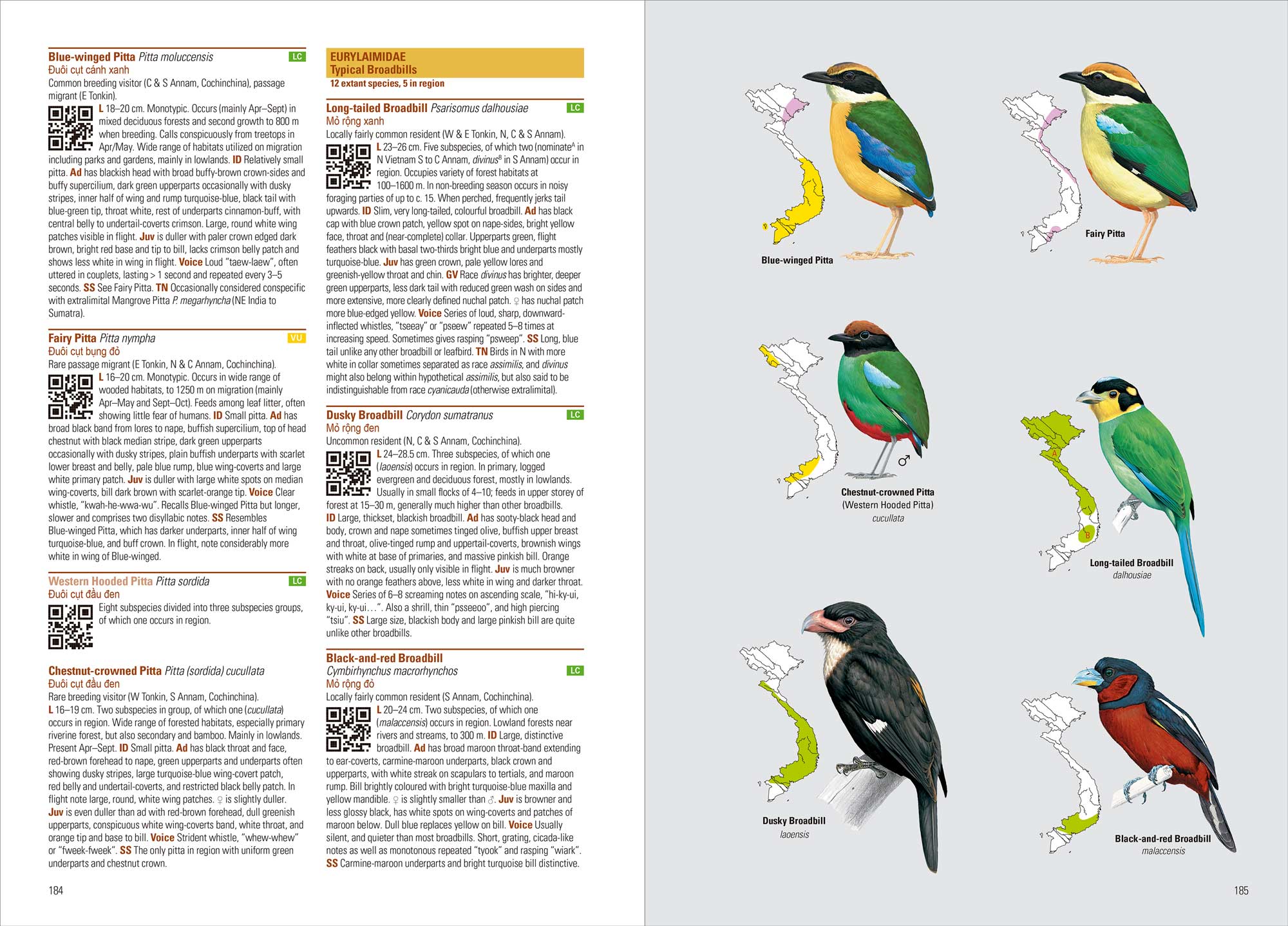
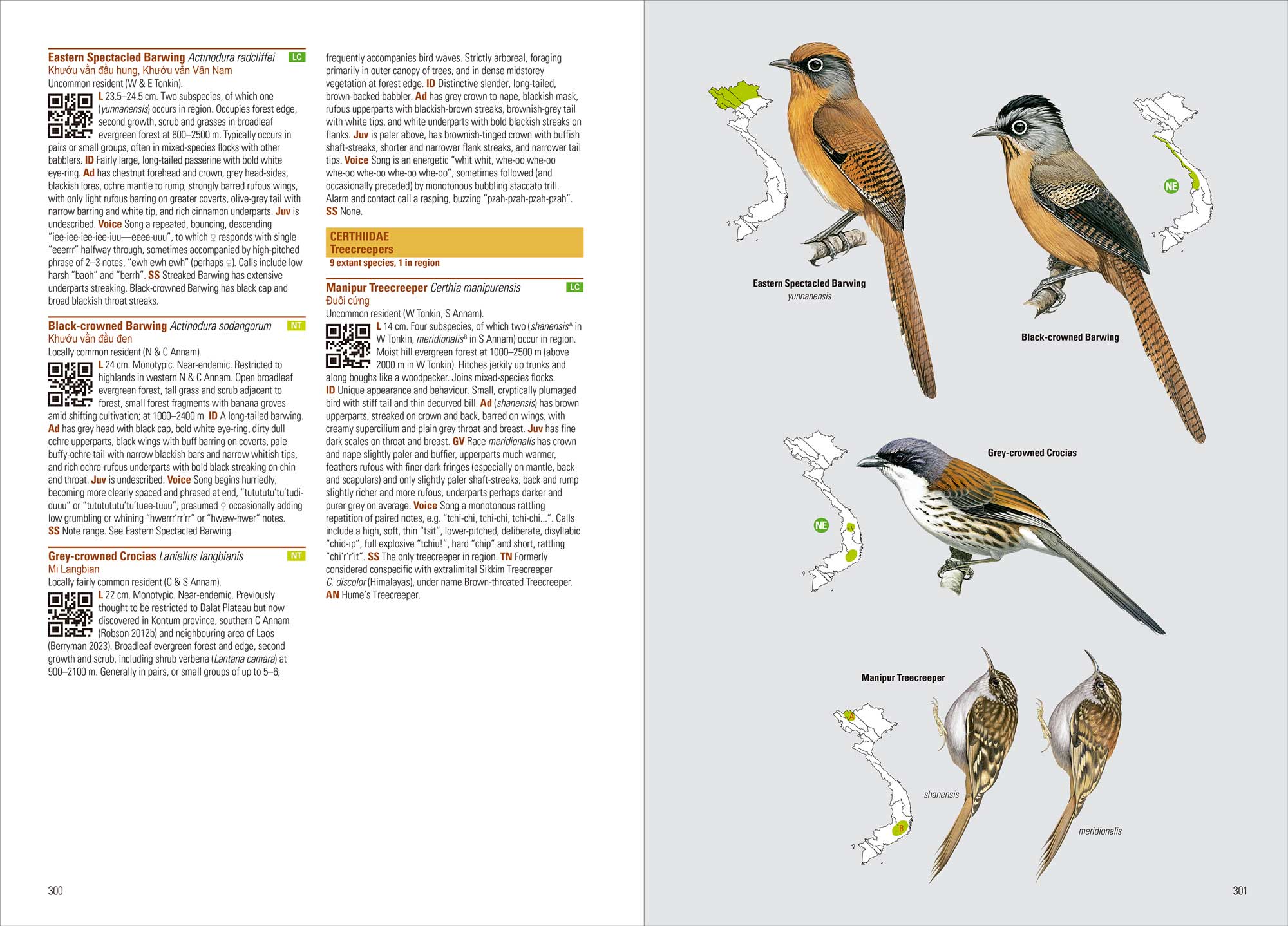
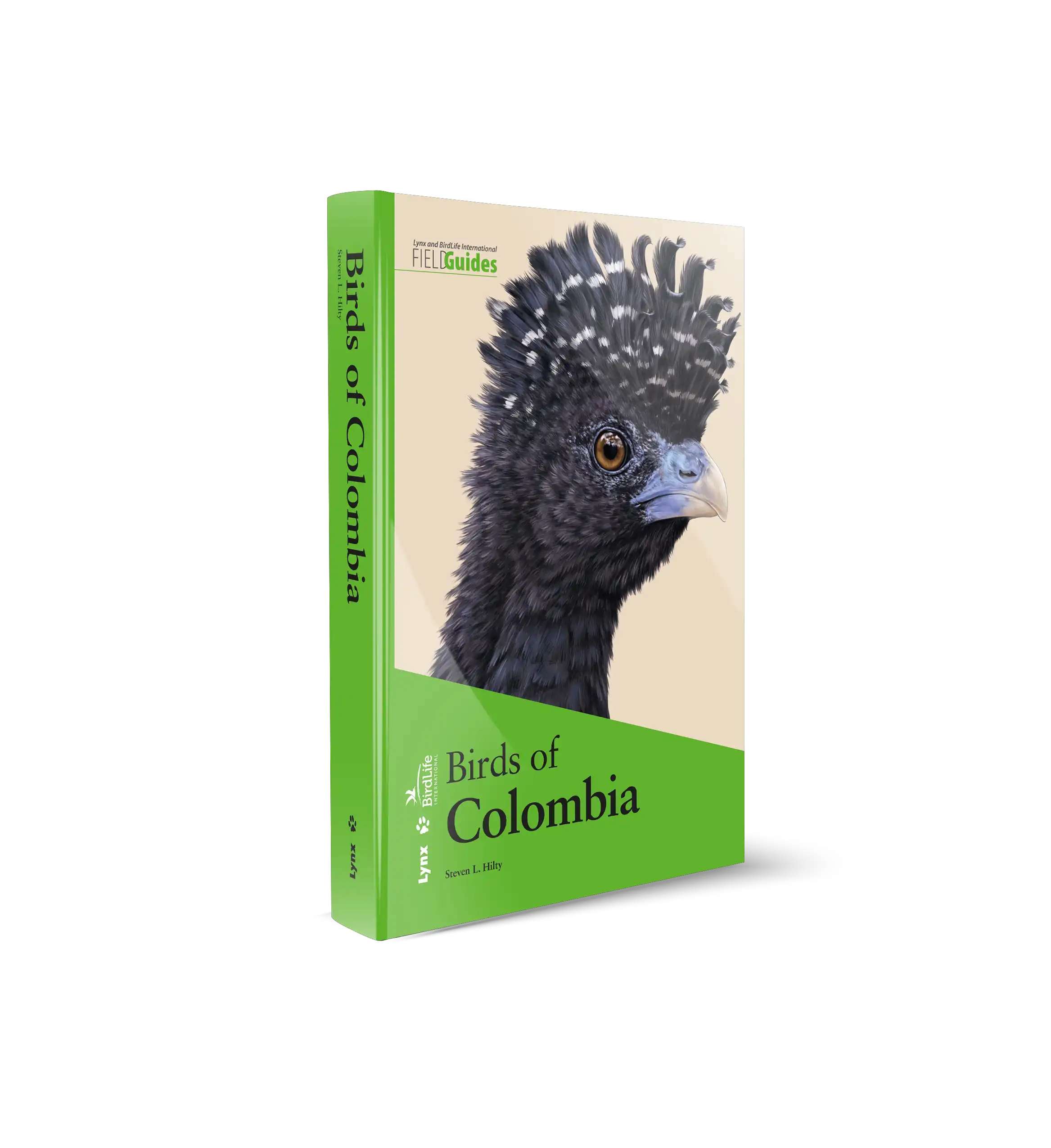
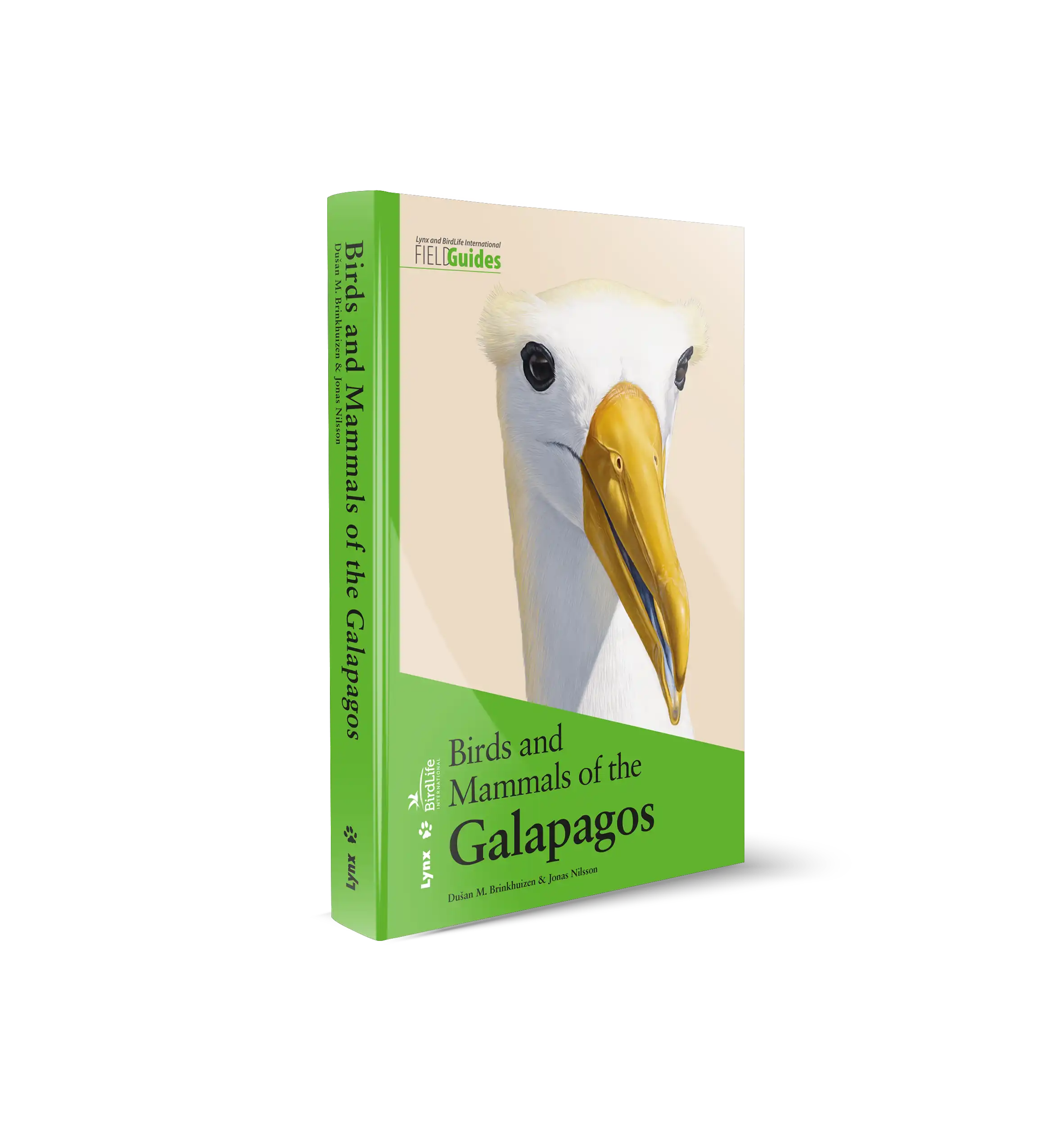
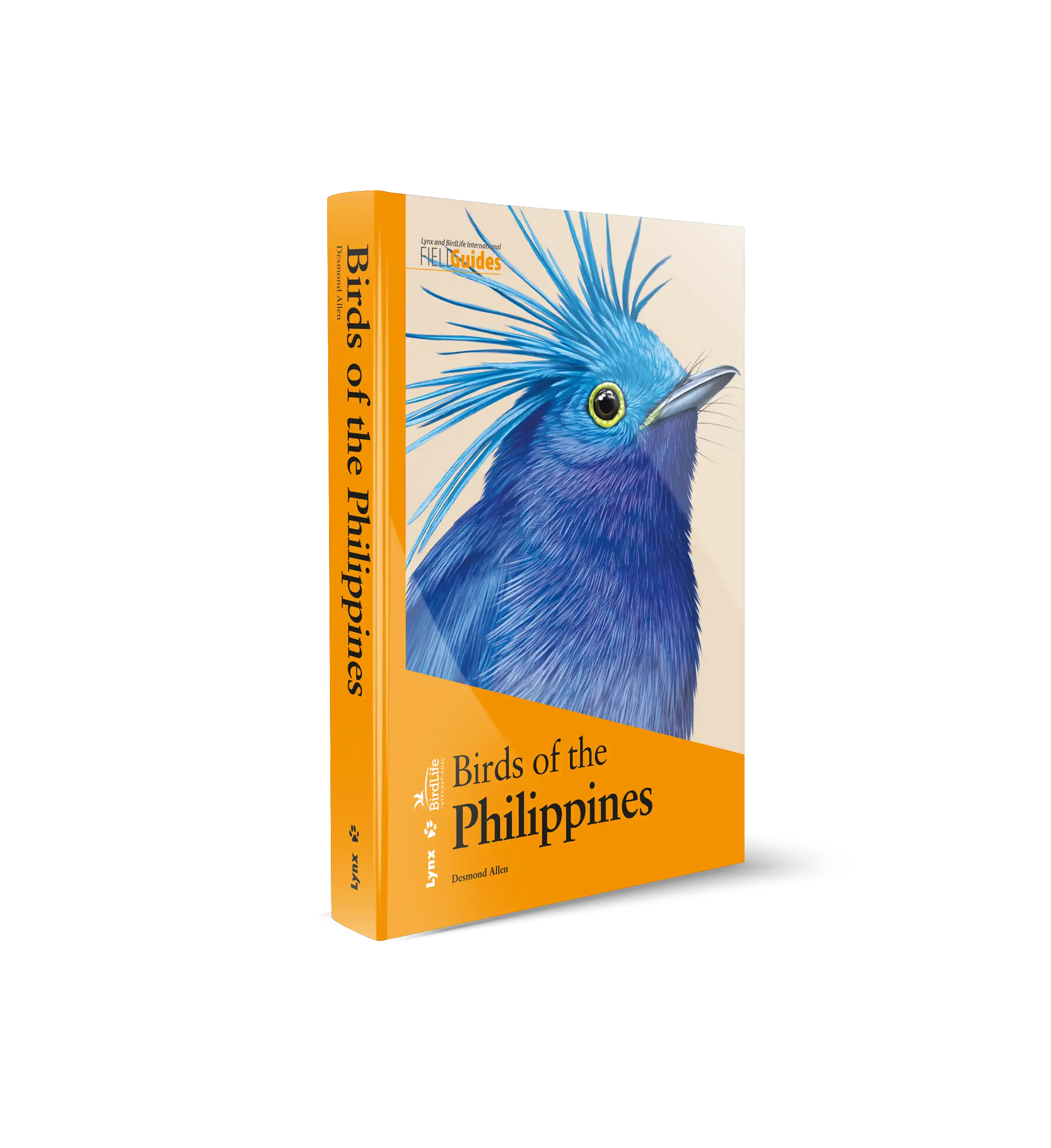
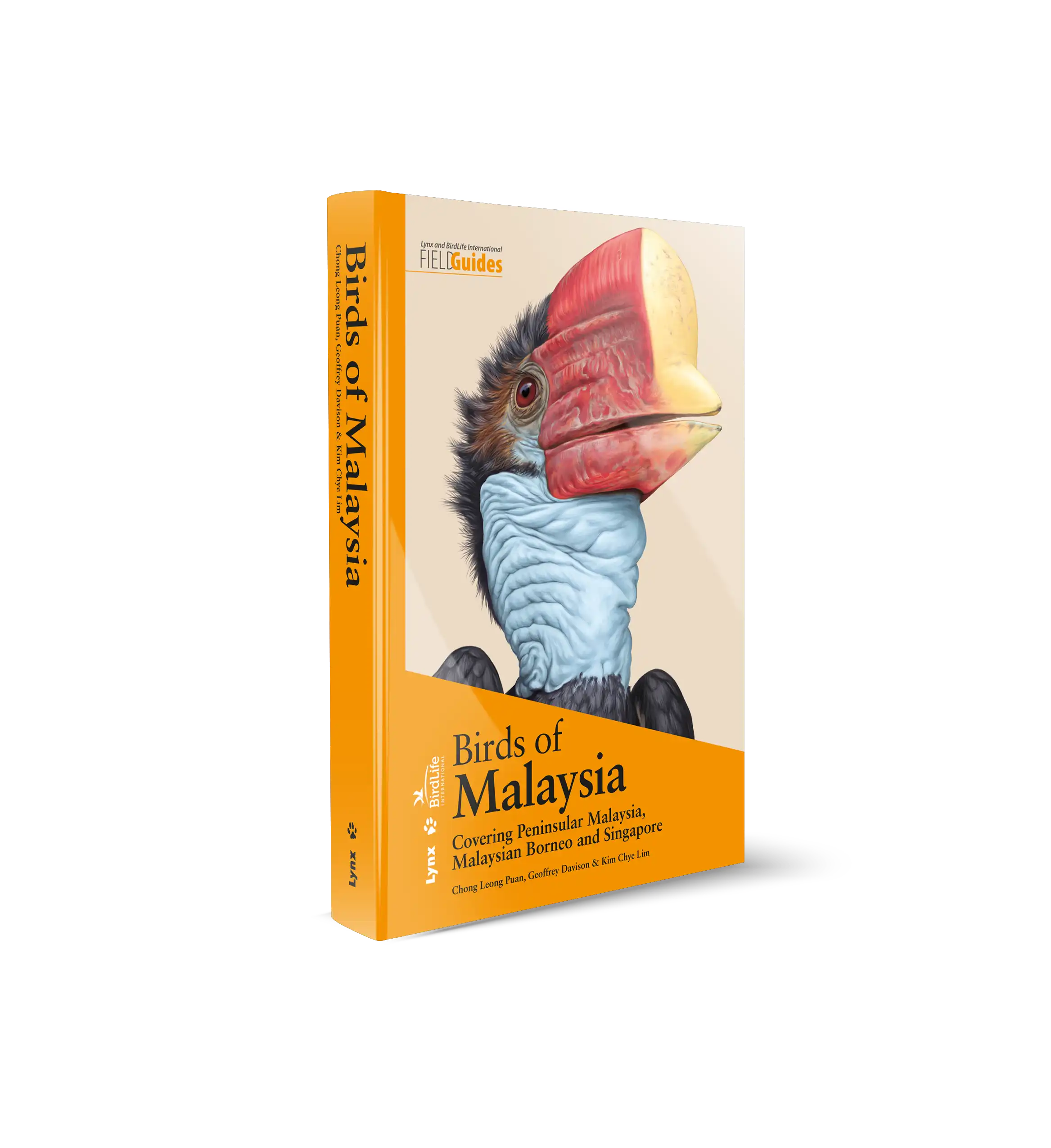
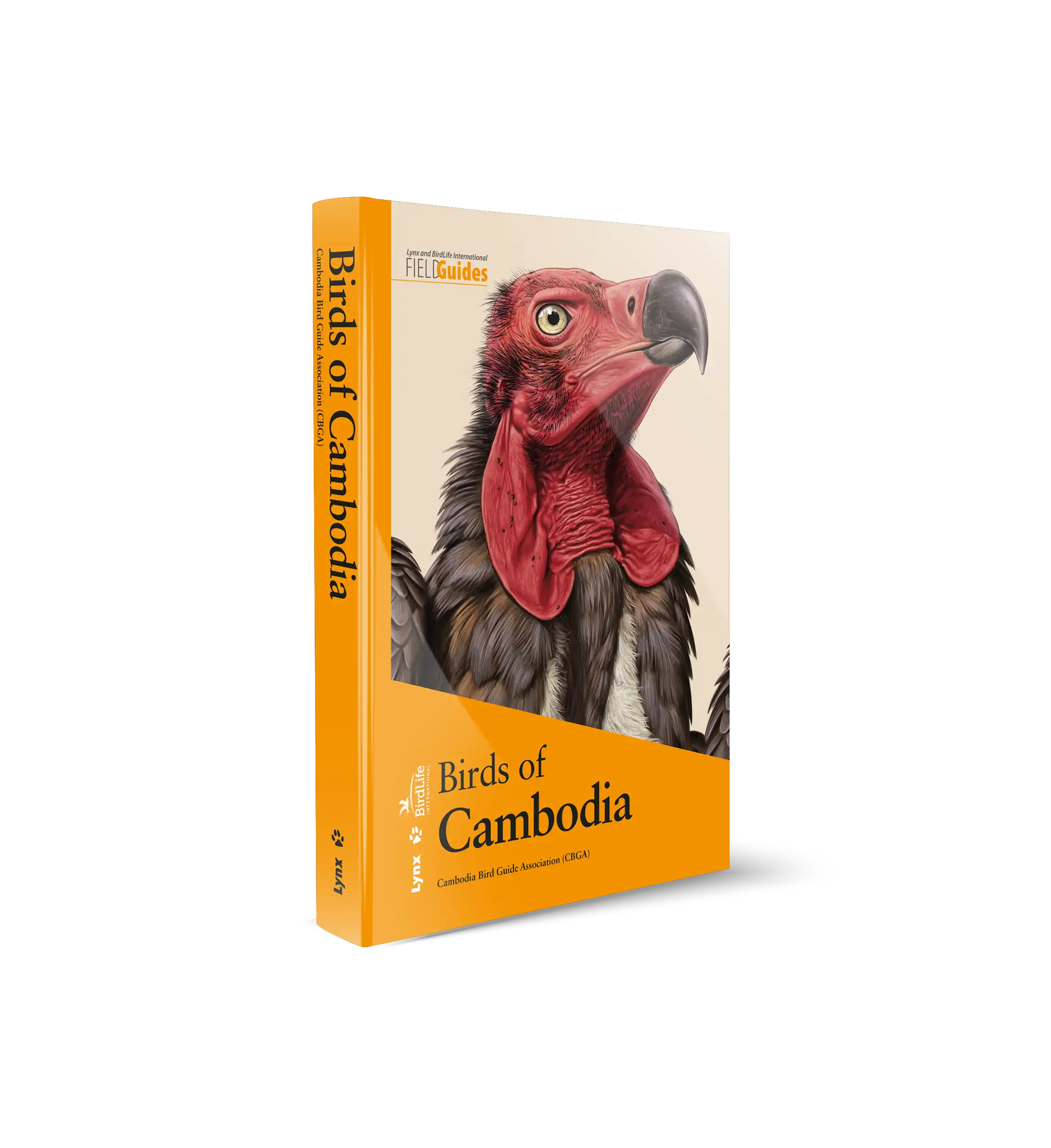
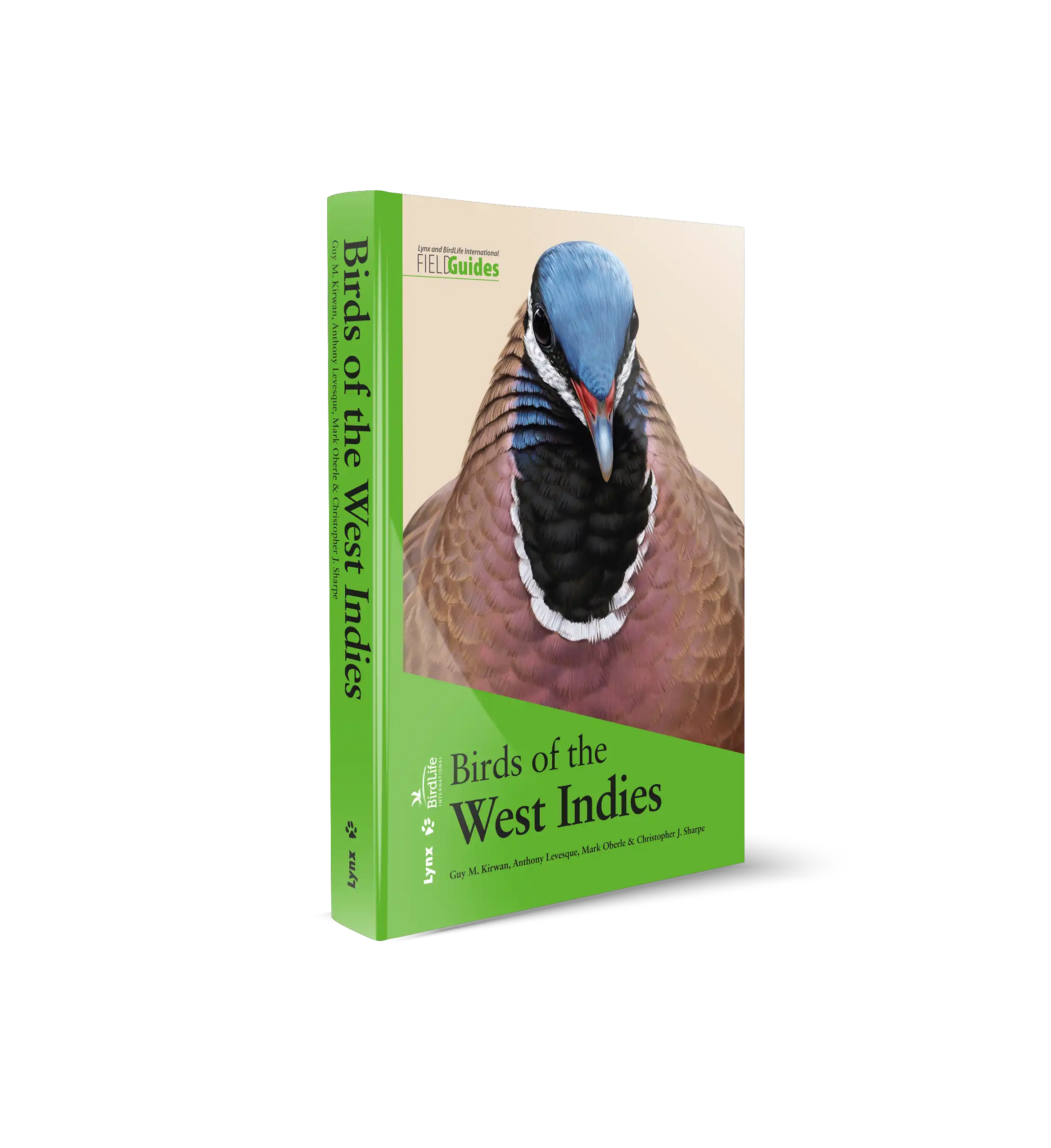
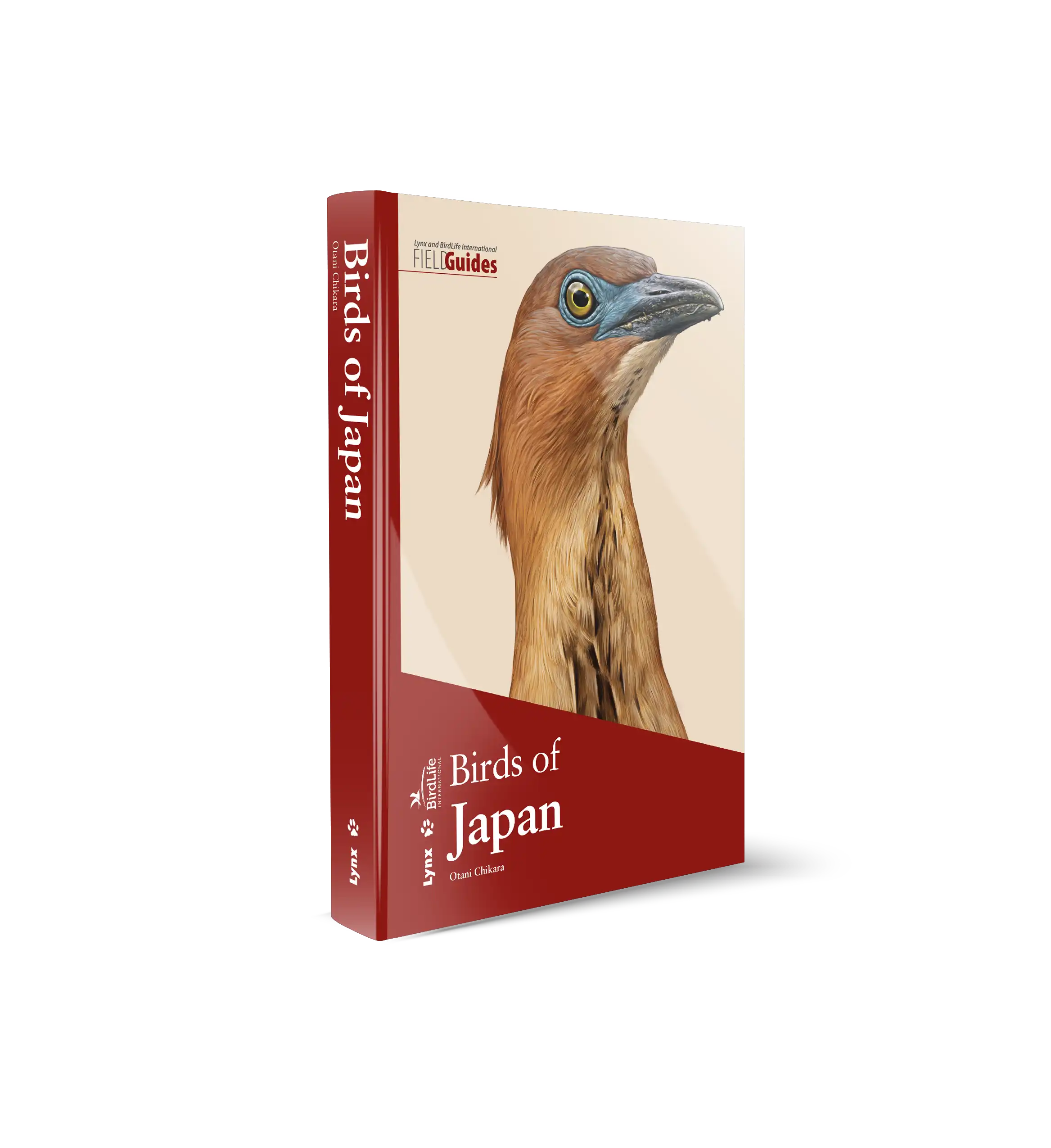
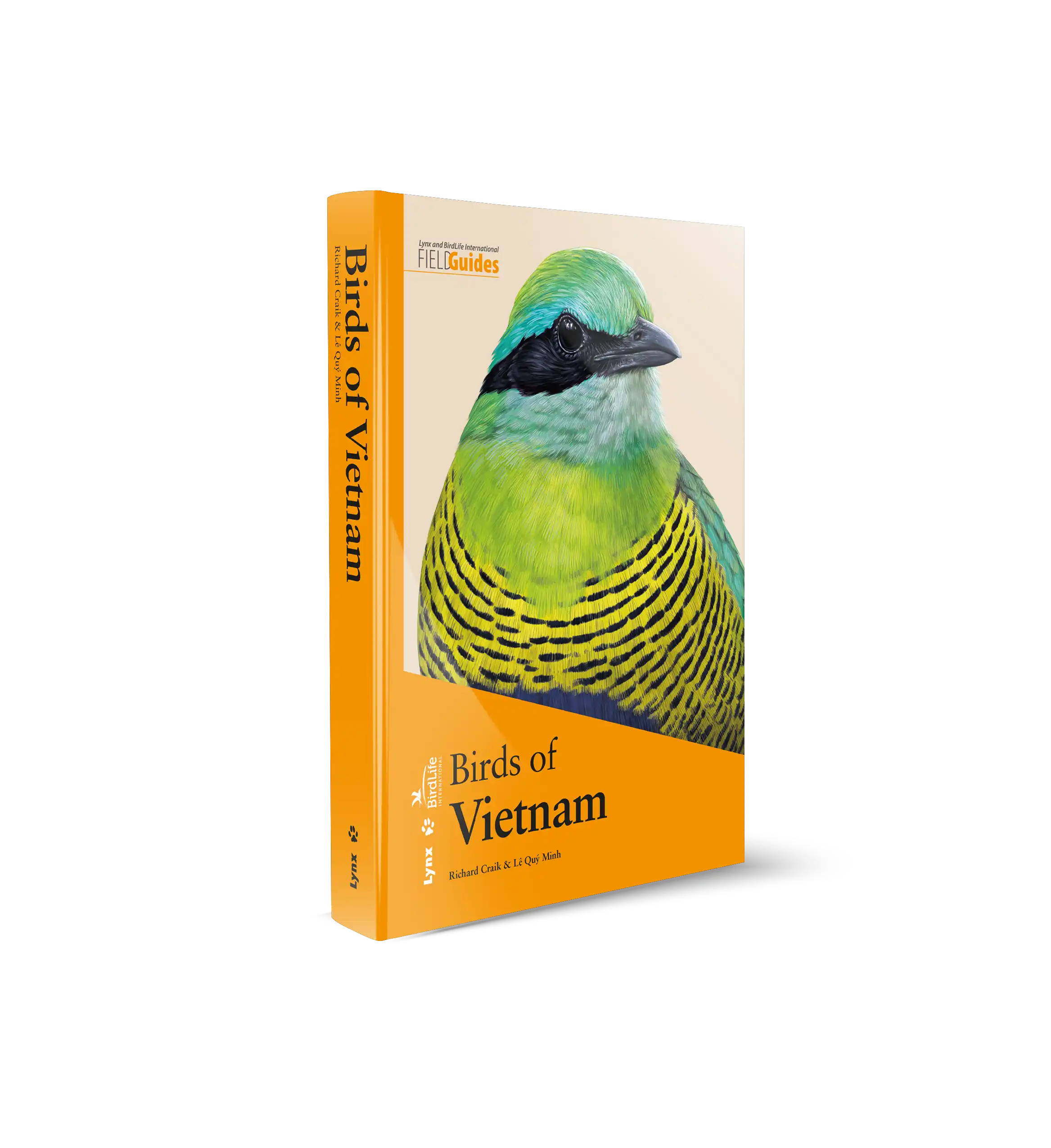
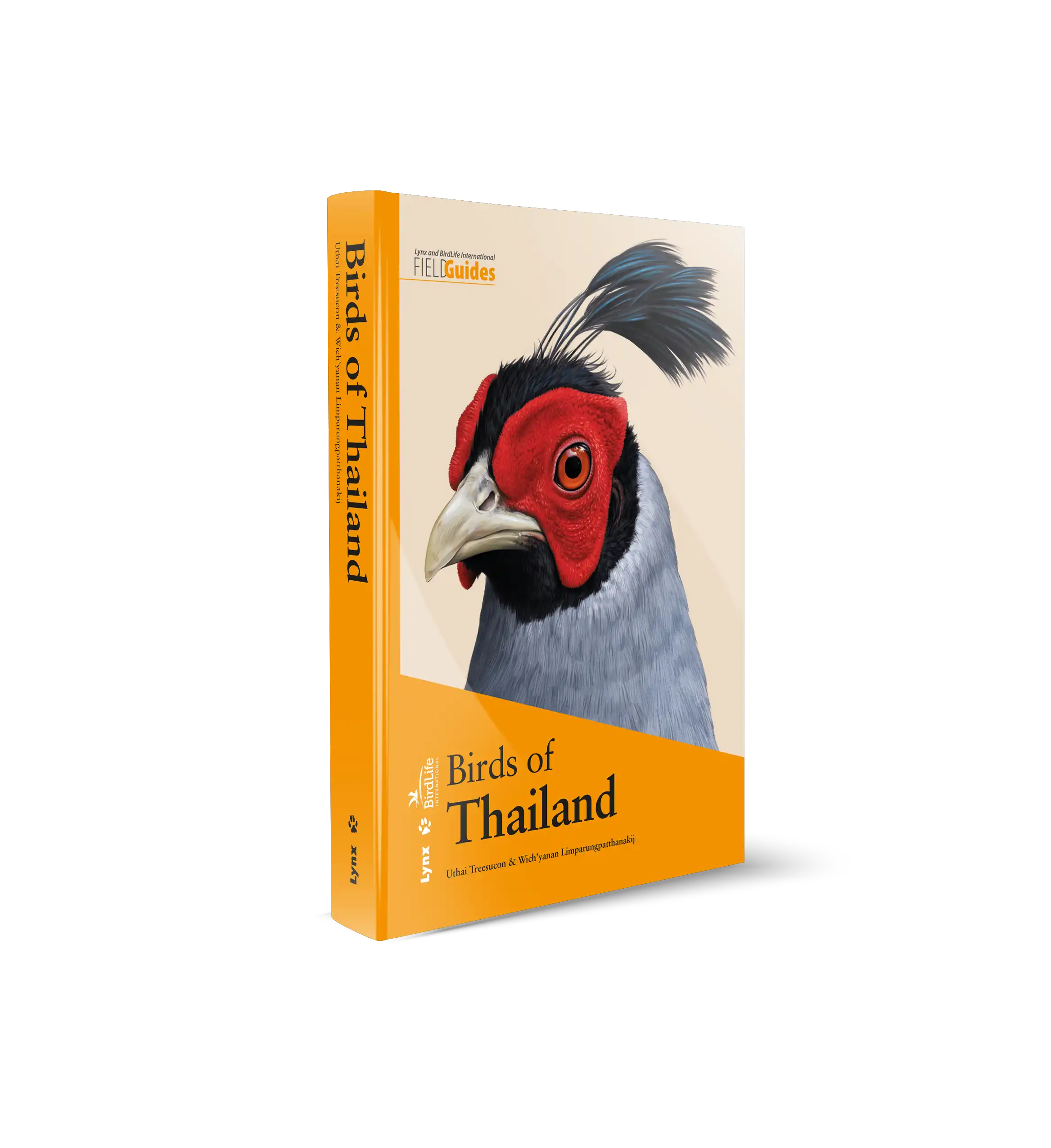
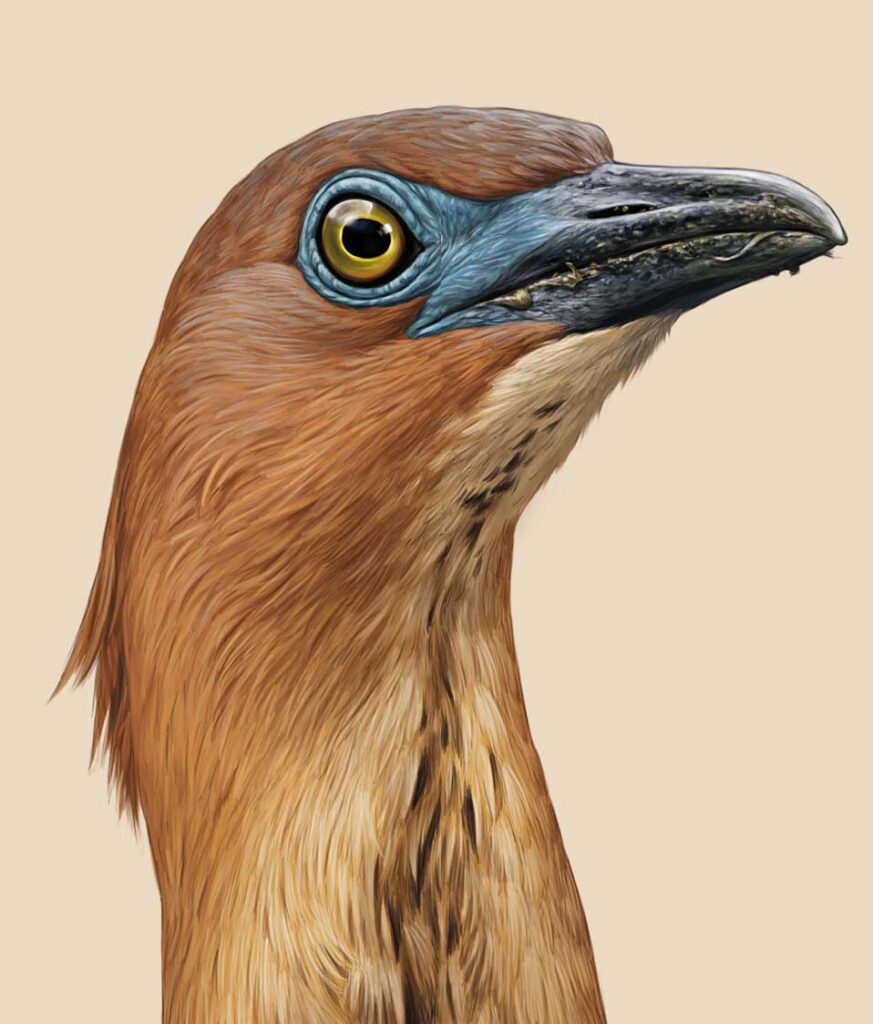








 Copyright 2025 © Lynx Nature Books
Copyright 2025 © Lynx Nature Books
Gehan de Silva Wijeyeratne –
Field guides for birds in Asia have come a long way since I first began to bird watch in Asia. Growing up in Sri Lanka I got off to a good start with G. M. Henry’s ‘A Guide to the Birds of Ceylon’ and Dillon Ripley and Salim Ali’s ‘Handbook of the Birds of the Indian Subcontinent’ in 10 volumes. For travels further east into South-east Asia, I used ‘A Field Guide to the Birds of South-East Asia’ by Ben King, Martin Woodcock and E.V. Dickinson. It took nearly another three decades before this was superseded by Craig Robson’s ‘A Field Guide to the Birds of South-East Asia’ in the modern format with every species illustrated in colour on plates. However, the first edition and even the updated edition in 2008 still had the plates and text in separate parts of the book as was the old custom when full colour printing across the whole book was expensive.
The Handbook of the Birds of the World (HBW) in 17 volumes resulted in the publisher now known as Lynx Nature books having a comprehensive suite of colour illustrations and text for every species of bird in the world. This has placed them placing in an ideal position to produce books which are country specific. The field guides in this spin off series mark an important step change in the development of bird field guides in the world and perhaps more so in part of Asia. Now for many countries we have thoroughly modern field guides with first class illustrations with the species text on a facing page, covering the standard field guide topics on identification, distribution and behaviour. These guides are not important only tools in the hands of scientists and conservationists but they also play an important part in the development of wildlife tourism which provides a further economic impetus to conserve the last remaining wildernesses.
As this book makes clear, Vietnam is a special place for birding with 931 species, 16 endemics and 42 near endemics. Vietnam at one time suffered from the perception that its biodiversity had been largely lost due to human pressures with forests being replaced by agricultural land. In 2006, ‘Vietnam: A Natural History’ by Eleanor Janes Sterling, Martha Maud Hurley and Le Duc Minh’ sought to dispel this myth by providing a fine all-round account of its natural history and outlining many of the exciting recent discoveries of new species not alone with its flora but even with vertebrate species. Nevertheless, Vietnam continues to be still under-appreciated as a birding destination despite the efforts of people like lead author Richard Craik who has been leading birding tours in the country. However, a second edition, 6 years after the first suggests that perceptions on Vietnam’s wildlife potential is changing for the better.
The field guide follows the standard formula for field guides in the Lynx series with the text updated and supplemented by local experts, in this case Richard Craik and Lê Quý Minh. The QR codes take you to the eBird website for supplementary information, images and most usefully sound recordings from the Macaulay Library. The growth of citizen science and the wealth of information that is available now and is being continuously updated is phenomenal and is another essay in itself.
The inner front cover shows Vietnam in relation to its South-east Asian neighbours and the inner back cover marks out 18 of the top birding sites in Vietnam. The first 19 pages of the preliminary sections include an overview of the country’s recent ornithological exploration history, a geographical overview, a summary of key habitat types and a synopsis of the important birding hotspots. There is also an important note on avoiding harm to birds from tape playback and the dangers of baiting at feeding stations and photographic hides resulting in local extinction due to the illegal activity of bird trappers. Conservation in Asia is never easy and even wildlife tourism which is generally a good thing can have unintended consequences.
29 artists are credited with the illustrations, many of which first appeared in HBW. Many of the artists are household names to keen birders who know them for producing some of the finest field guide illustrations in the world. Combine that with first class text, clear distribution maps and QR codes and you are left with an absolutely superb book. The species accounts have the families separated by a shaded header with brief details of the number of extant species in the family and that in the region. The text in addition to describing the bird’s status in Vietnam briefly outlines any sub-species in the region, followed by typical habitat, identification-oriented text, voice and also describes similar species. This is a functional book intended for field use (the flexi-cover option has a water resistant cover). Nevertheless, I find the quality of the overall production and beauty of the artwork also lends the book a certain aesthetic appeal. But then, I enjoy the company of ornithological books and I still have in my collection the books by Ali and Ripley, King, Robson and many more from the Asian region.
Despite multiple visits to some countries in Asia and several natural history book titles on Vietnam in my book collection, I have not yet birded in Vietnam. But with this book on my shelf, I think it will not be long before I go to Vietnam.